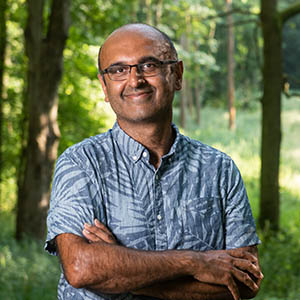Mapping nature recovery at scaleProject
Our AI team is developing state-of-the-art AI approaches to combine different sources of data, including drones, satellite, survey data and social media, that are robust to a range of environmental scenarios, data noise and model reliability.
For the first time we have the potential to map and model ecological connectivity across whole countries, map different farming approaches or infrastructure in fine detail and track the connectivity of biodiversity associated with different farming landscapes.
Our AI team is developing state-of-the-art AI approaches to combine different sources of data, including drones, satellite, survey data and social media, that are robust to a range of environmental scenarios, data noise and model reliability. We are harnessing big data and the ‘deep’ AI revolution to develop innovative technological approaches to assess nature recovery in both fine detail and at large spatial scales. Nature recovery needs to be delivered, monitored and evaluated in ways that incorporate both fine local context and broad spatial scale. Satellite remote sensing offers the scale, but until recently has usually been relatively crude and coarse resolution. Satellites and airborne platforms with hyperspectral, radar, lidar and other imagery are providing greater spatial resolution with regular repeat times to generate archives of nature loss and recovery. For example, our commercial satellite partners, Planet and ICEye, can deliver <50 cm resolution optical and radar images daily, allowing unprecedented potential for characterization and tracking of ecosystems in fine detail over seasons and years. This enables identification of tree species or meadow plant diversity through phenology and texture. Public social media posts provide a wealth of ‘ground validation’ but require automated text and image processing. In concert with this data richness, there is immense potential to use AI/machine learning to fuse, interpret and correlate data to work at both fine spatial resolution and large spatial scale in the midst of significant complexity. Developing such models and approaches is still challenging but would be transformative.
Read about our associated project ‘Mapping the resilience of tropical forests and savannas to global environmental change‘.







